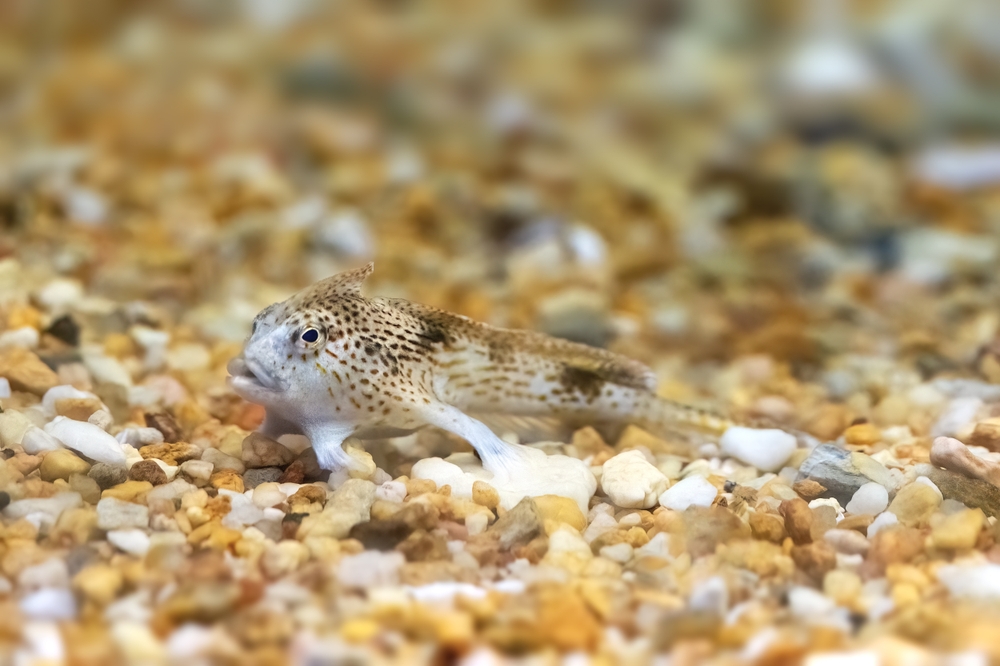Now Reading: Early Farming Societies Forged Bonds with Ancient Dogs in the Americas
-
01
Early Farming Societies Forged Bonds with Ancient Dogs in the Americas
Early Farming Societies Forged Bonds with Ancient Dogs in the Americas

History is filled with tales from around the world proving that the loyalty of dogs shows no bounds. In the ancient Americas, the unbreakable bond shared between humans and dogs solidified with the development of society. As agriculture spread across Central and South America, dogs began to tag along with their human pals.
A study recently published in the Proceedings of the Royal Society B chronicles the journey of American dogs 7,000 to 5,000 years ago as they found new homes in farming communities. DNA evidence has revealed that these ancient dogs descended from a single lineage that has since been nearly blotted out by European dog lineages.
Dogs and Humans Set Foot in North America
The humans that arrived in North America via the Bering Land Bridge around 15,000 years to 16,000 years ago weren’t alone. Walking by their sides were dogs that helped the ancient travelers sled across the cold tundra.
Humans proceeded to migrate down through Central and South America some 14,000 years ago, but it appears that dogs couldn’t make it all the way. According to the new study, the “earliest commonly accepted dog remains in Mexico, Ecuador, and Peru” are dated around 5200 B.C.E. to 5000 B.C.E.
The delayed arrival of dogs in these regions has raised many questions, but it’s likely that they began to show up in Central and South America following the growth of maize farming around 7,000 years ago.
Read More: Turns Out, We Failed to Breed Dog Skulls for Specialized Bite and Smell Tasks
Bonding with the First Farmers
To fill in the missing details in the saga of American dogs, an international team of researchers sequenced 70 complete mitochondrial genomes from archaeological and modern dogs. Spanning from Central Mexico to Central Chile and Argentina, the DNA showed that ancient dogs in Central and South America belonged to a maternal lineage that split off from North American dogs after humans arrived on the continent.
The DNA also helped researchers determine how and why dogs spread southward so long after humans did. The difficulties of adapting to a tropical environment full of diseases, insects, parasites, and predators were a major deterrent for dogs. A few may have migrated alongside humans, but no dog remains have been found at the earliest settlements.
Farming, however, provided the impetus for dogs to become a mainstay in communities that had been growing increasingly advanced. These communities may have started to find them useful and even encouraged them to scavenge near settlements.
“This study reinforces the important role of early agrarian societies in the spread of dogs worldwide,” said lead author Aurélie Manin, a zooarchaeologist at the University of Oxford, in a statement. “In the Americas, we show that their spread was slow enough to allow the dogs to structure genetically between North, Central, and South America. It is rather uncommon for domestic animals, and it opens new research avenues on the relationship that existed between dogs and these early agrarian societies.”
A Dwindling Dog Lineage
Today, the original lineage carried by ancient American dogs is almost nonexistent. When European settlers colonized the Americas, they brought Eurasian dogs whose ancestry is now expressed in the majority of dogs today.
Although ancient American ancestry in modern dogs has mostly vanished, there is at least one breed that still carries the native legacy from thousands of years ago: Chihuahuas. Some individuals in this pint-sized breed still carry DNA from their Mesoamerican ancestors, giving researchers a window into the genetic past of American dogs.
The study ultimately reinforces the pivotal relationship between agrarian societies and dogs, despite dog domestication usually being associated with hunter-gatherer groups. The researchers say that a similar pattern unfolded in East Asia around 7500 B.C.E., in which the spread of dogs coincided with flourishing agricultural communities and a growth in food supply. The dogs with us today have come a long way from ancient times, and it seems that we have farming to thank for our inseparable bond.
Read More: How Dogs Have Uniquely Co-Evolved With Humans Like No Other Species
Article Sources
Our writers at Discovermagazine.com use peer-reviewed studies and high-quality sources for our articles, and our editors review for scientific accuracy and editorial standards. Review the sources used below for this article:
-
Proceedings of the Royal Society B. Ancient dog mitogenomes support the dual dispersal of dogs and agriculture into South America
-
PNAS. Dog domestication and the dual dispersal of people and dogs into the Americas
Jack Knudson is an assistant editor at Discover with a strong interest in environmental science and history. Before joining Discover in 2023, he studied journalism at the Scripps College of Communication at Ohio University and previously interned at Recycling Today magazine.























